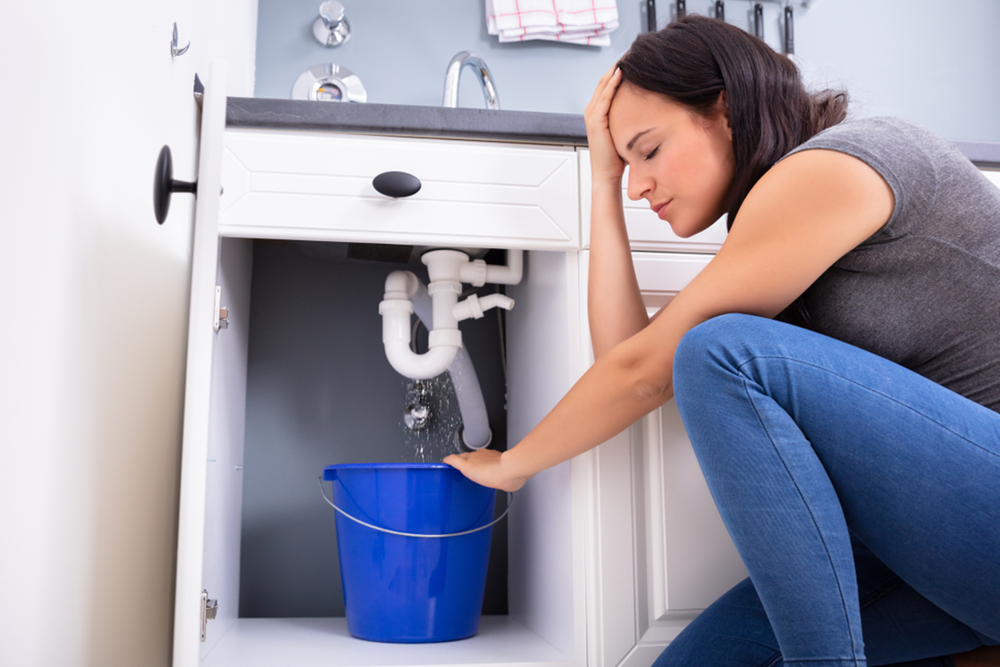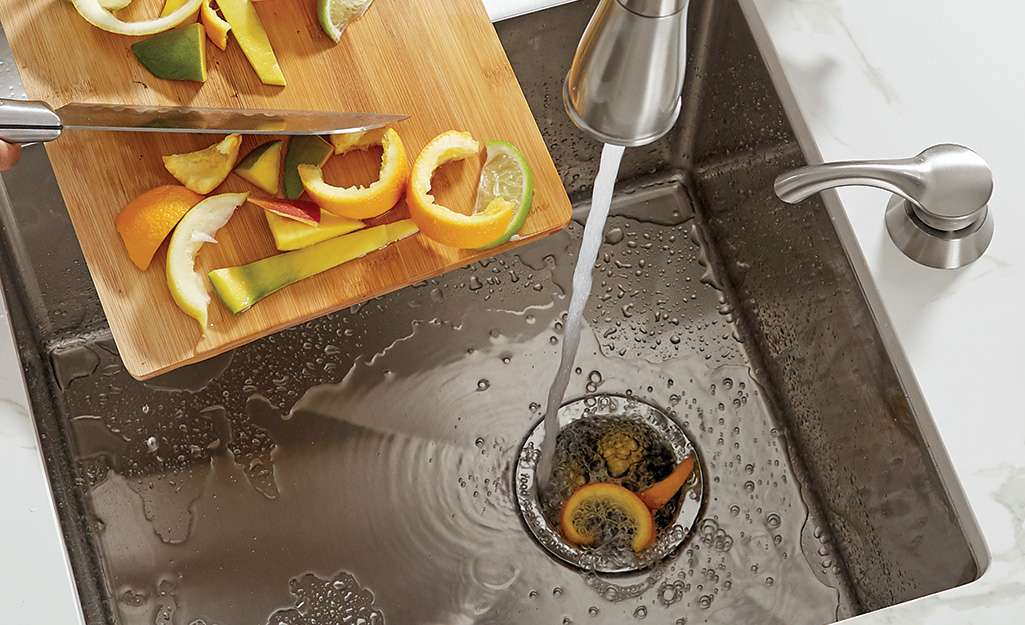Quick Fixes for a Dripping Garbage Disposal
Quick Fixes for a Dripping Garbage Disposal
Blog Article
They are making a few good annotation on the subject of Tips on Fixing a Leaking Garbage Disposal overall in this post following next.

Waste disposal unit are crucial cooking area appliances that aid in getting rid of food waste successfully. Nevertheless, a leaking waste disposal unit can be an aggravating and unpleasant trouble to deal with. Thankfully, several leaks can be dealt with easily with a couple of simple steps. In this post, we will go over how to take care of a leaking garbage disposal properly.
Introduction
Waste disposal unit are mounted under cooking area sinks and are created to shred food waste into smaller sized pieces, permitting it to go through the pipes system quickly. While these gadgets are generally trusted, leaks can take place over time because of damage, loose connections, or damages to the device.
Typical Sources Of Leaks in Rubbish Disposals
Worn Seals and Gaskets
Seals and gaskets play a critical duty in stopping water from leaking out of the waste disposal unit. Over time, these elements can wear away, resulting in leaks around the disposal device.
Loose Links
The connections between the garbage disposal and the plumbing system can end up being loosened in time, creating water to leakage out throughout procedure.
Fractures or Openings in the Disposal System
Physical damage to the waste disposal unit, such as cracks or holes in the housing, can additionally lead to leakages.
Determining the Resource of the Leak
Before attempting to fix a dripping garbage disposal, it is essential to recognize the resource of the leak. This can normally be done with aesthetic assessment or by carrying out straightforward examinations.
Visual Examination
Check the garbage disposal device carefully for any type of signs of water leak. Pay attention to areas around seals, gaskets, and connection points.
Checking for Leaks
One way to evaluate for leaks is by running water with the disposal system and looking for any noticeable signs of leakage.
Devices and Materials Needed for Dealing With a Leaking Garbage Disposal
Prior to beginning the fixing process, collect the required devices and materials, including a screwdriver, flexible wrench, plumber's putty, replacement seals or gaskets, and epoxy or patching material for fixing cracks or holes.
Step-by-Step Guide to Fixing a Dripping Garbage Disposal
Shut off the Power
Prior to trying any repair work, ensure that the power to the waste disposal unit device is switched off to avoid the threat of electric shock.
Situate the Leak
Determine the specific area of the leak and identify the cause.
Tighten Links
Utilize a wrench to tighten up any loose links in between the disposal unit and the plumbing system.
Change Seals or Gaskets
If the leak is due to used seals or gaskets, get rid of the old elements and replace them with new ones.
Patching Splits or Openings
For splits or holes in the disposal system, usage epoxy or an ideal patching product to seal the broken area.
Checking the Waste Disposal Unit After Repair
When the repair is complete, examine the garbage disposal by running water via it to make certain that the leakage has been fixed.
Preventive Upkeep Tips to Stay Clear Of Future Leaks
To stop future leakages, it is essential to carry out regular upkeep on your waste disposal unit. This includes keeping it clean, preventing placing non-food items or difficult items down the disposal, and occasionally checking for leaks or various other concerns.
Final thought
To conclude, dealing with a leaking waste disposal unit is a fairly straightforward procedure that can be completed with basic devices and materials. By adhering to the steps described in this write-up and practicing precautionary upkeep, you can keep your garbage disposal in good working problem and stay clear of pricey fixings in the future.
HERE’S HOW TO FIX YOUR GARBAGE DISPOSAL
WHAT TO DO IF SOMETHING IS STUCK IN YOUR GARBAGE DISPOSAL
If the impeller won’t turn, there’s probably something stuck in the disposal. It could be a steak bone or peach pit, although plumbers report pulling all sorts of inappropriate objects out of disposals, such as bottle caps or aluminum foil. Make sure power to the disposal is off, and look inside to see if you can see the source of the jam.
Never stick your fingers in a disposal. Pull out anything you see with tongs or pliers.
If the disposal still won’t work, it may be time to call a plumber or consider buying a new disposal. GEM Plumbing & Heating is here for all of your garbage disposal needs.
WHAT TO DO IF YOUR GARBAGE DISPOSAL DRAIN IS CLOGGED
Take everything out from underneath your sink and put a bucket or other container under your disposal to catch any water that drains out. Disconnect your disposal from the power supply. If it’s plugged into a wall outlet, unplug it. If it’s hardwired into an electrical box, go to the electrical panel and turn off the breaker for the disposal. Pour ¼ cup of baking soda into the drain, followed by ½ cup of white vinegar. Give the solution a few minutes to fizz and do its work. Look into the disposal with a flashlight to see if you can see an object that might be causing the clog. If you see it, remove it using tongs or pliers. MORE TIPS ON DEALING WITH A CLOGGED GARBAGE DISPOSAL
Never use drain cleaner in a garbage disposal. It can damage the plastic parts inside the disposal. You can also be splashed with the caustic liquid while working to clear the clog. Beware! Never stick your fingers into a garbage disposal. Trust us — not a good idea. In many instances, your dishwasher drains through your garbage disposal. This allows the disposal to grind any large food particles that may be drained out of your dishwasher. There are some jurisdictions, however, where the plumbing code prohibits such a connection. WHAT TO DO WHEN YOUR DISHWASHER DRAINS THROUGH THE DISPOSAL
Run some water in the sink so your plunger has at least a ½-inch of water to create a seal and plunge vigorously up and down several times. You may need to repeat this several times. Run hot water down the drain to clear any residue that remains.

We were introduced to that report on Why Is through a friend on our other web page. Kindly take the opportunity to promote this blog if you liked it. Bless you for your time. Kindly visit our blog back soon.
Click Here Report this page